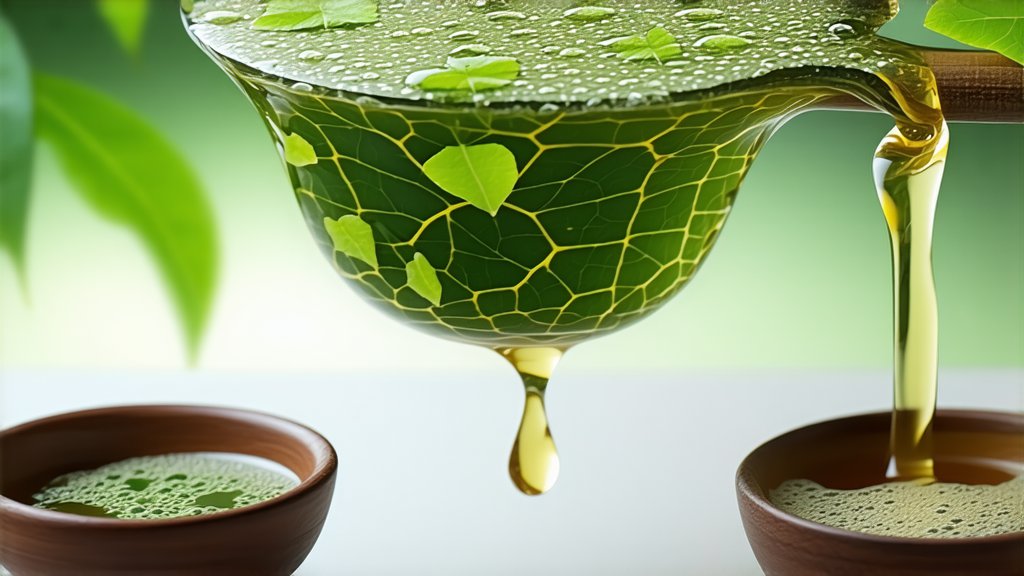
The world of Chinese tea is as vast and varied as the country itself, with a history that spans thousands of years. Among the myriad types of tea that have graced the palates of emperors, poets, and common folk alike, one particular variety stands out for its unique flavor profile, captivating history, and exquisite presentation: Biluochun Green Tea. This article delves into the origins, cultivation, processing methods, preparation techniques, and sensory appreciation of Biluochun, offering international readers an intimate glimpse into this cherished gem of Chinese tea culture.
A Glimpse into History
Biluochun, often translated as "Green Spiral Spring," traces its roots back to the Tang Dynasty (618-907 AD), though it was during the Ming Dynasty (1368-1644 AD) when it gained widespread recognition. Its name is derived from the shape of the processed leaves, which resemble tight spirals reminiscent of springs, and the vibrant green color they retain even after drying. Originating from the picturesque hills of Dongting Mountain in Hunan Province, Biluochun has been celebrated for centuries as a tribute tea offered to Chinese emperors. Today, it continues to be revered not only for its historical significance but also for its exceptional quality and taste.
Varieties and Cultivation
While there are several subtypes of Biluochun, the most renowned include the traditional hand-rolled version and the more modern machine-processed variant. Both share similar characteristics but differ slightly in appearance and texture due to variations in rolling techniques. The tea bushes thrive in the misty, cool climate of high altitudes, where the combination of mineral-rich soil, abundant rainfall, and gentle sunlight creates ideal conditions for growth. Harvesting typically occurs between late March and early April, capturing the tenderest buds and topmost leaves at their peak freshness.
The Art of Processing
The transformation of fresh Biluochun leaves into their final form is a meticulous process that preserves the tea's natural essence while enhancing its flavors. After careful selection and picking, the leaves undergo a series of steps:
- Withering: The freshly plucked leaves are spread out in bamboo trays under shade to reduce moisture content gradually, making them more pliable for rolling.
- Fixation: Using either pan-frying or steaming methods, the withered leaves are quickly heated to halt oxidation, preserving their green color and fresh aroma.
- Rolling: This crucial step involves skillfully rolling the fixed leaves by hand or with a specialized machine until they form tight spirals. The degree of rolling affects the tea's appearance and infusion rate.
- Drying: Finally, the rolled leaves are gently dried over low heat to further reduce moisture content, ensuring proper storage longevity without compromising flavor or aroma.
Mastering the Brew
To fully appreciate Biluochun's nuanced flavors and aromas, correct brewing is essential. Here's a step-by-step guide to preparing a perfect cup:
- Water Quality: Use fresh, filtered water just below boiling point (around 80°C or 176°F). Water quality significantly impacts the taste, so avoid using tap water if possible.
- Tea Quantity: For every 150ml (5oz) of water, use approximately 3 grams of Biluochun leaves. Adjust according to personal preference.
- Infusion Time: Steep the tea for about 2-3 minutes initially, allowing the leaves to unfurl and release their flavors gradually. Subsequent infusions can be extended up to 30 seconds longer.
- Multiple Infusions: One of Biluochun's charms lies in its ability to yield multiple infusions, each revealing different layers of flavor complexity. The first infusion often showcases a delicate sweetness and floral notes, while later ones bring out deeper vegetal and umami undertones.
Sensory Symphony: Tasting and Appreciation
Appreciating Biluochun goes beyond mere consumption; it's an immersive experience that engages all senses. As you raise the warm cup to your lips, observe the liquid's clarity and the way the leaves dance gracefully within. Inhaling deeply, you may detect subtle hints of jasmine, orchid, or fresh hay, depending on the specific type and growing conditions.
On sipping, let the tea coat your tongue and fill your mouth before swallowing slowly. Note the initial burst of freshness followed by a lingering aftertaste that speaks to the terroir and craftsmanship behind each batch. Biluochun's flavor profile is characterized by a harmonious balance of sweetness, bitterness, and a distinctive "hui wen" (returning sweetness) that emerges after the initial taste dissipates.
In conclusion, Biluochun Green Tea encapsulates the essence of Chinese tea artistry—its history steeped in tradition, its cultivation a testament to nature's bounty, and its preparation a ritual of mindfulness and appreciation. By understanding and practicing the nuances of its production and enjoyment, one embarks on a journey through time, connecting with a cultural heritage that transcends borders and generations.